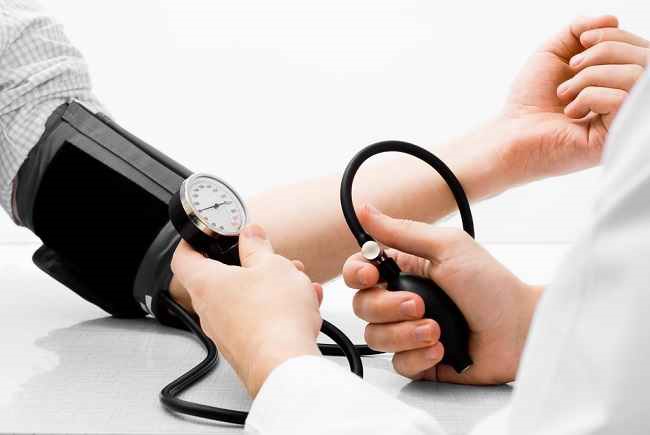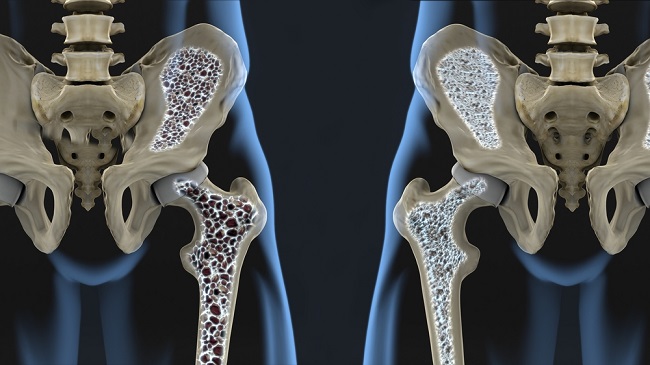Nalgestan is useful for relieving cold symptoms, such as sneezing and nasal congestion. Nalgestan is an over-the-counter drug that is available in tablet form.
Nalgestan contains 15 mg of phenylpropanolamine HCL and 2 mg of chlorpheniramine maleate (CTM). The combination of the two active substances is useful for dealing with nasal congestion, runny nose, sneezing which often occurs when a person suffers from the flu, colds, allergic rhinitis, vasomotor rhinitis, and sinusitis.

What's that Nalgestan?
| Active Ingredients | Phenypropanolamine HCL and chlorpheniramine maleate. |
| group | Decongestants and antihistamines. |
| Category | Free medicine. |
| Benefit | Relieves flu and cold symptoms, such as sneezing, runny nose. |
| Used by | Mature. |
| Nalgestan for pregnant and lactating women | Category C: Animal studies have shown adverse effects on the fetus, but there are no controlled studies in pregnant women. Drugs should only be used if the expected benefit outweighs the risk to the fetus. It is not known whether this drug is absorbed into breast milk or not. If you are breastfeeding, do not use this medicine without consulting your doctor first. |
| Drug form | Tablet. |
Warning Before Using Nalgestan
- Do not take Nalgestan if you have a history of allergies to the ingredients contained in it.
- Do not take Nalgestan if you are taking antidepressant drugs monoamine oxidase inhibitors (MAOI).
- Do not consume alcoholic or caffeinated beverages while taking Nalgestan.
- Be careful using Nalgestan if you have a history of hypertension, hyperthyroidism, coronary heart disease, glaucoma, and respiratory infections.
- Tell your doctor if you have diabetes, an enlarged prostate, kidney disease, or liver disease.
- This medicine may cause drowsiness. Do not operate machinery, drive a vehicle, or do anything that requires extreme vigilance.
- Immediately consult a doctor if complaints do not improve after 3 days of taking Nalgestan.
- Immediately consult a doctor if you experience a drug allergic reaction or overdose after taking Nagelstan.
Dosage and Instructions for Use Nalgestan
The dose of Nalgestan for adults is 1 tablet, 3-4 times a day. Consult a doctor if symptoms do not improve after using Nalgestan for 3 days.
Nalgestan is not recommended for use in children under 6 years of age, unless directed by a doctor.
How to use Nalgestan correctly
Read and follow the instructions for use listed on the medicine package or follow the doctor's advice before taking Nalgestan.
Make sure you take Nalgestan at the recommended dosage. Do not increase the dose of Nalgestan without consulting your doctor first. Do not prolong the duration of using this drug even though the complaints have not subsided.
Swallow Nalgestan tablets with water. Nalgestan can be taken before or with meals.
Store Nalgestan at room temperature. Keep this medicine away from heat and direct sunlight, and keep it out of reach of children.
Interaction Nalgestan with other drugs
Nalgestan contains phenypropanolamine HCL and chlorpheniramine maleate. If used with other drugs, the two substances can cause interaction effects in the form of:
- Increased risk of overdose if used with the drug dexchlorpheniramine.
- Increased risk of hypertensive crisis when used with MAOIs.
- Increased side effects of drowsiness when used with alcohol.
Side Effects and Dangers Nalgestan
Nalgestan is generally safe to use if taken according to the rules of use. However, the content of phenylpropanolamine HCL and chlorpheniramine maleate can still cause some side effects, such as:
- Drowsiness
- Dizzy
- Headache
- Nervous
- Nauseous
- Throw up
- Constipation
- Stomach ache
- Dry mouth, nose, throat
Check with your doctor if the side effects above do not improve or get worse. You are also advised to go to the doctor or emergency room immediately if you have an allergic drug reaction or severe side effects, such as:
- Vision becomes blurry.
- Mood swings, restlessness, or confusion.
- Insomnia.
- Difficulty urinating.
- The heart rate is increased and irregular.
- seizures.









